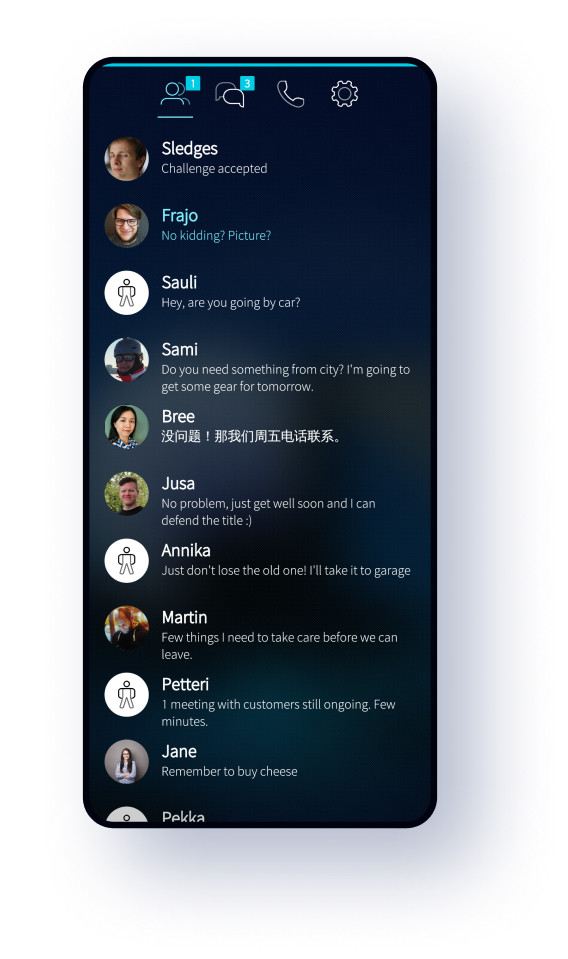
You can use Qt Designer to design the application's main window, which contains some widgets placed in layouts:īy default, Qt Designer opens in Visual Studio. Select Build > Build Solution to build it, and then select Debug > Start Debugging to run it. You now have a small working Qt application.
Select the Add default application icon check box to use a default application icon for the application. Select the Precompiled header check box to use a precompiled header file. Select the Lower case filenames check box to only use lower case characters in the names of the generated files. In the Base class field, enter QWidget as the base class type. Select Next to continue to the class creation page:. The modules that are typically needed in widget application projects are selected by default. Set up the Debug build configuration and select the modules to include in the project:. To acknowledge the Welcome dialog, select Next. In the Name field, enter AddressBook, and then select OK.  Select File > New > Project, and search for Qt Widgets Application. To create a Qt Widgets application project in Visual Studio: To create a Qt VS Tools project, you must add at least one Qt version.
Select File > New > Project, and search for Qt Widgets Application. To create a Qt Widgets application project in Visual Studio: To create a Qt VS Tools project, you must add at least one Qt version. 
In Microsoft Visual Studio, select Extensions > Manage Extensions > Online, and search for Qt Visual Studio Tools to install or update Qt VS Tools. You can use Qt VS Tools to develop also Qt Quick applications.
#Q see qt view app not working s7 how to#
In addition, you will learn how to convert a Microsoft Visual Studio project file into a qmake compatible.

You will create a project using a project wizard and design a widget-based UI using Qt Designer. This tutorial illustrates how to use Qt VS Tools to create a Qt Widgets application.







 0 kommentar(er)
0 kommentar(er)
